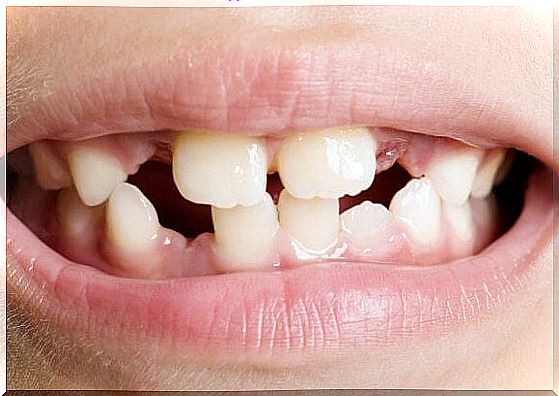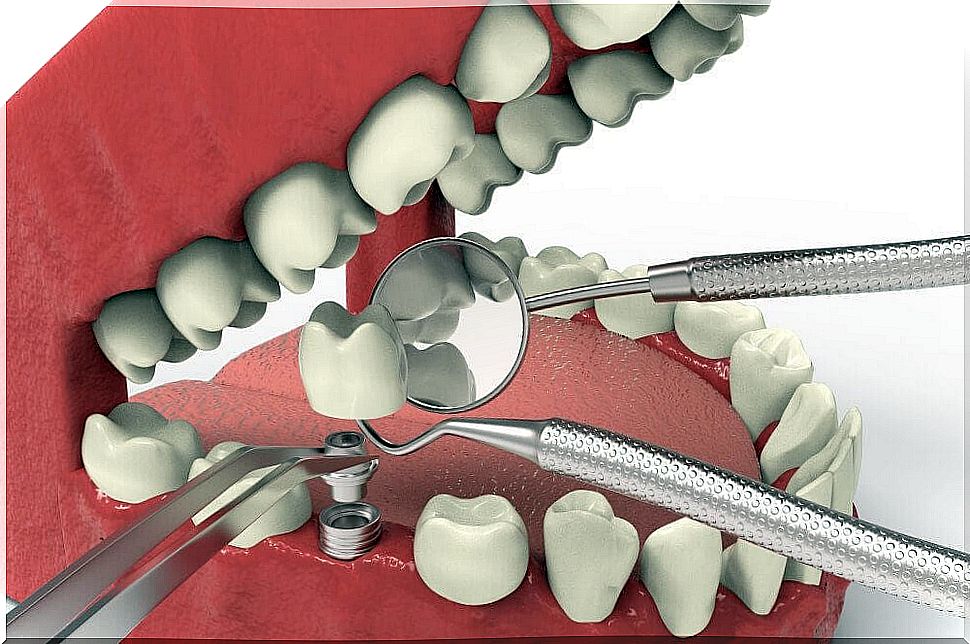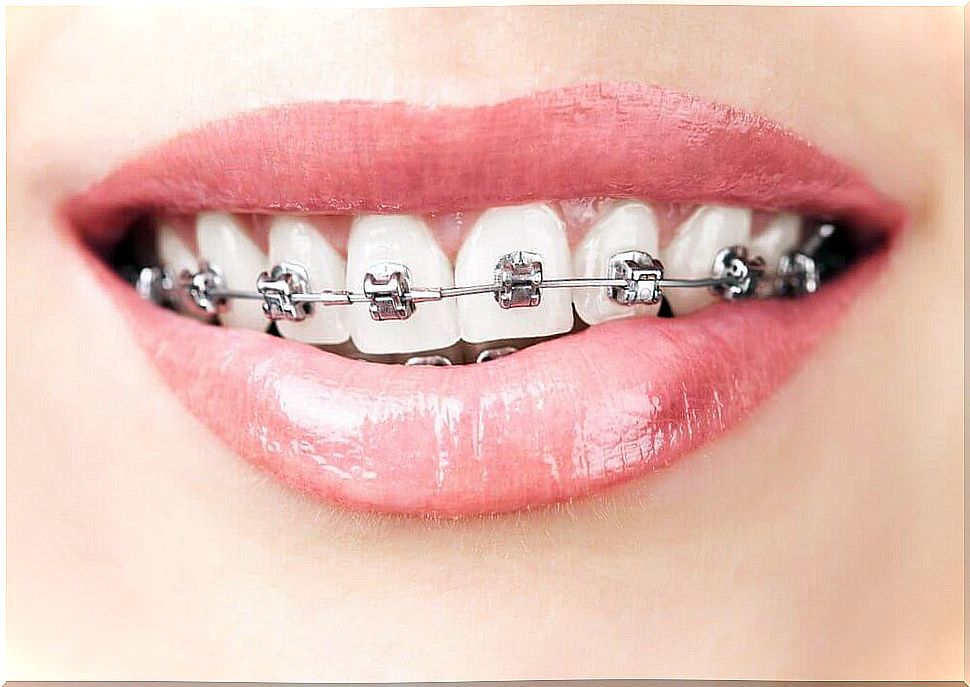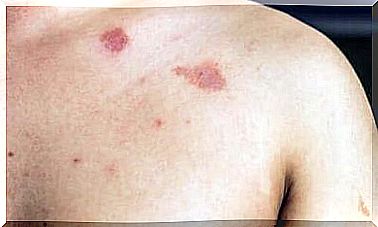Dental Agenesis: Types And Forms Of Treatment
Many people suffer from this problem. Today we want to discover what it is and how to approach it.

Dental agenesis is one of the most common malformations and is characterized by the absence of one or more teeth. It has nothing to do with oral hygiene and cleanliness.
Rather, it is an inheritable problem that can sometimes occur among different members of the same family. If dental agenesis occurs, then also check your family history to find out if there is a family history.
However, dental agenesis does not affect the entire set of teeth, as one might think, but rather the incisors and front molars. A quick diagnosis is essential so that the problem can be addressed as early as possible. This involves replacing the missing teeth and correcting the rest of the dentition.
This will prevent the problem from getting worse while improving the patient’s self-image. In our article, we discuss both the causes and types of dental agenesis, as well as treatment options.
What are the causes of dental agenesis
As we mentioned earlier, dental agenesis can arise due to hereditary conditions. However, there are other possible causes that could cause a person to suffer from dental agenesis.
Most often, it is a physical blockage or disruption of the tooth bar. This then prevents the tooth from forming properly. Over time, it can fail or take an imperfect form.
A lack of space can also be a reason for dental agenesis. Often there are also patients with two teeth on top of each other due to lack of space .
Dental agenesis inhibits tooth growth, also called ontogenetic development of the teeth. Because of this, some pieces can never complete their natural cycle.
Types of dental agenesis
While we know that the disease means the loss or malformation of various teeth, it is not clear whether only some teeth are affected or all.
It depends on various factors. These include the type of inherited dental agenesis, how quickly a diagnosis was made and treatment started. The following types allow us to determine what kind of stage a person is in:
- Hypodontia : This form is less serious. It means that one to six teeth are missing.
- Oligodontics : At least six teeth are missing here.
- Anodontics : This is the worst form, because all teeth are missing here.
In both hypo- and oligodontics, it is observed whether the teeth are missing on only one (unilateral) or on both sides of the mouth (bilateral).
Possible treatments
If we suspect that we may have dental agenesis, then we need to see a dentist or specialist for a professional diagnosis. This is the only way to get treatment. Medical solutions include:
Dental implant

Depending on the age, the condition of the teeth and the number of missing teeth, the dentist will determine the most appropriate treatment for your individual case. One possibility is the dental implant.
This treatment is used when teeth are damaged or have fallen out. The implant is connected to the gums. This is done by a screw that is anchored in the jawbone.
The dentist also looks at the condition of the gums to determine whether this solution can achieve the desired effects. Therefore, you should make an appointment with a doctor you trust.
Orthodontics

If we suffer from what is known as hypodontia, then we may be able to choose orthodontics instead of implants as a treatment. With braces you close the gaps between your teeth and you don’t have to undergo an implant.
A dental bridge is also an option, but it is often chosen last when the first two are not feasible.
It is best to choose a dentist who has previous experience with dental agenesis.
Do you or someone in your family or circle of acquaintances suffer from this problem ? As you can see, there are several alternatives to solve it so that you have healthy and beautiful teeth.









